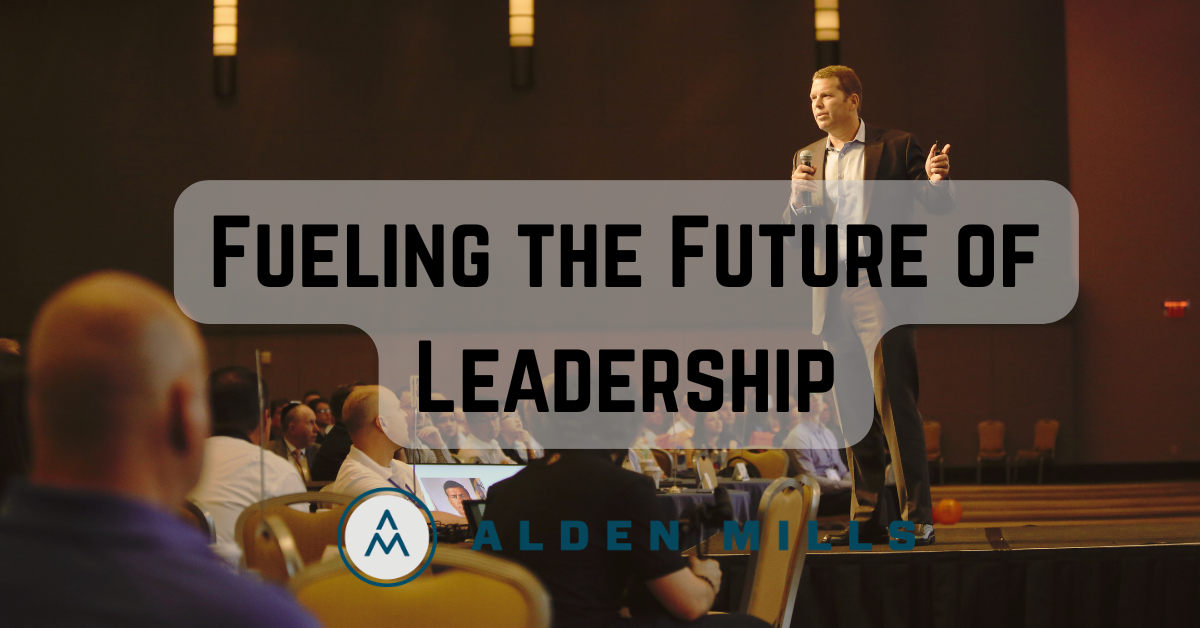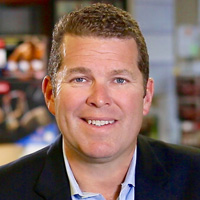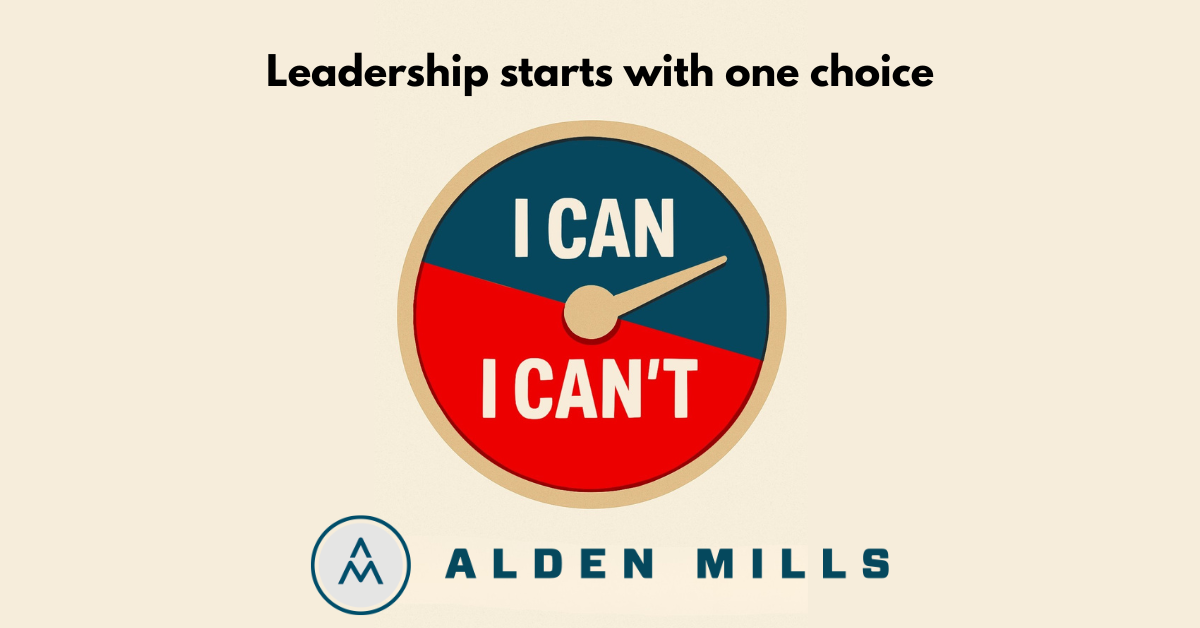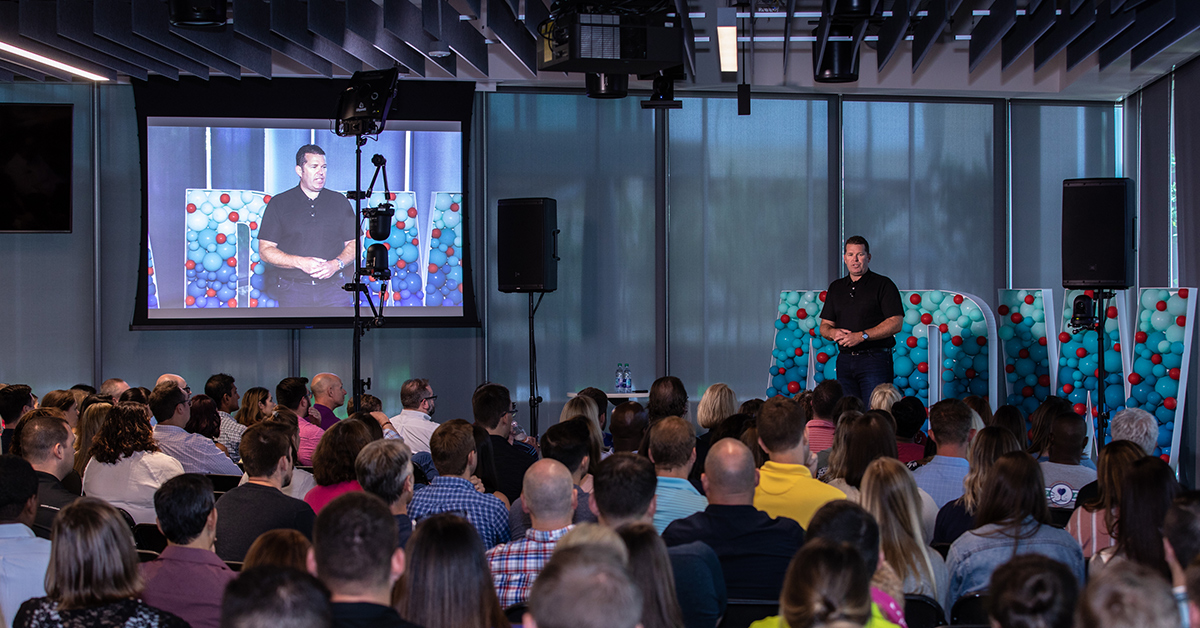Recently, I had the privilege of delivering a 75-minute keynote for an industry-leading automotive company. This was their first major leadership conference since the pandemic—a milestone event intended to align, educate, and reinvigorate their 60+ senior leaders, many of whom hadn’t gathered in person for over four years.
The company hired an expert facilitator to run key workshops, and they brought me in to deliver the keynote presentation. The reason they selected me was I was willing to take an integrative approach to building a custom keynote to reinforce the themes that emerged throughout the event.
The Theme: Fueling the Future
The central message of the conference was “Fueling the Future,” a call to action addressing three core challenges: developing leaders, navigating rapid change, and building a sustainable legacy. With retirement looming for many tenured leaders, the company faced the dual challenge of knowledge transfer and creating scalable leadership for future growth. Their culture, which they liken to a family, demanded solutions that balanced actionable strategies with time for personal connection and team bonding.
My goal was to build a leadership keynote that wasn’t just motivational but practical—one that would help these leaders leave the conference with tools they could use immediately. Themes of legacy, change, and leadership ran through the workshops, but the missing piece was translating those themes into actions people could apply the moment they walked out the door.
Leadership as Fuel
For this group, "fuel" became a powerful metaphor. Much like how gasoline needs to be refined to burn efficiently, the experience, knowledge, and work ethic of their veteran leaders needed to be distilled into actionable lessons. Their future depends on leaders who can transfer this “high-octane” experience into teachable moments for the next generation. I reminded them that leadership, at its essence, is about coaching—and every leader is also a coach.
I framed my talk around what I call the 3 Levels of Leadership:
- Leading Yourself
- Leading Teams
- Leading Culture
These levels are interconnected and essential for scaling leadership across a growing organization.

Leading Yourself
This is the foundation of all leadership. Before you can guide others, you must master your own mindset, energy, and focus. Leaders who refine their thoughts, beliefs, and daily habits build the confidence and resilience required to face uncertainty. By choosing to see obstacles as opportunities, you create personal momentum that fuels everything else. Leading yourself means building the discipline, clarity, and courage to take the first step—even when the path isn’t clear.

Leading Teams
High-performing teams are powered by leaders who know how to coach, not just manage. Leading teams is about turning shared purpose into daily action. It requires communication, trust, and the ability to empower others to do more than they thought possible. Just like refining fuel, leaders must translate their experience into actionable lessons for others. By defining clear goals, dividing them into manageable steps, and committing to daily progress, leaders create teams that achieve together—while growing individually.

Leading Culture
Culture is the multiplier of leadership impact. When leaders consistently model the right values, they create an environment where people feel connected to something bigger than themselves. Leading culture is about leaving a legacy—embedding belief, resilience, and shared responsibility into the DNA of the organization. A strong culture transforms isolated wins into sustainable growth, ensuring that today’s leaders empower the next generation to carry the torch forward.
Leaders who effectively guide themselves create the foundation for high-performing teams, and teams that align with purpose are what shape a lasting, meaningful culture. In essence, this company’s leaders must serve as the “fuel” for future leaders, multiplying their impact over time.
Creating a Leadership Mindset: Thoughts, Focus, and Beliefs
A large part of my talk emphasized the importance of mindset—the controllables every leader can manage: thoughts, focus, and beliefs. These elements form what I call the Mindset Loop. They drive the first critical leadership decision: “I can” or “I can’t.”
Leaders who believe in the possibility of achieving something—whether they’ve seen it done before or not—create momentum. That belief acts like fuel, inspiring others to take action. I shared stories from my time in the SEALs and my entrepreneurial journey, demonstrating how focus determines direction and how negative hypotheticals can paralyze performance. One SEAL training story, featuring a colorful instructor we called “Instructor Half-Butt,” reminded the audience that leadership isn’t complicated—it’s just hard. And it becomes even harder without the right frameworks.
From Obstacles to Opportunities
Fueling the future also means shifting our mindset to see obstacles as opportunities. I discussed how organizations, like individuals, must adopt the resilience to try new things—things they may fail at initially—because that’s the only way to achieve outcomes they’ve never achieved before. Borrowing from Thomas Edison’s journey to invent the light bulb, I reminded the audience that failure is part of the process. The future belongs to those willing to make mistakes and keep going.
In this spirit, I introduced my 3 D’s of Goal Setting framework:
- Define it – Know what success looks like.
- Divide it – Break the goal into manageable steps.
- Do it daily – Commit to consistent action.
Leadership isn’t a destination—it’s a continuous journey of growth. There is no end to the process of “future-proofing.” Just like there’s no such thing as a truly “waterproof” watch, there’s no such thing as a future-proof organization. It requires ongoing effort, humility, and a belief that we need each other—no one succeeds alone.
The Power of Belief and Leadership Legacy
One of the most rewarding moments came when I saw the proverbial light bulbs go off in the room. Some leaders needed permission to see themselves as coaches. Others had to confront the idea that everyone is a leader—not just those with formal titles. I told them that the leadership legacy they build today depends on empowering others to believe that the future is something they can co-create.
This company’s culture is rooted in legacy and growth, and the fact that they care deeply about their leaders' development was evident. After 75 minutes (okay, maybe 82 minutes) and a 15-minute Q&A session, the audience gave me a standing ovation. But the real win wasn’t the applause—it was the energy in the room. These leaders were ready to embrace change, to think of themselves as coaches, and to fuel the next generation of leaders.
Unstoppable Leadership Starts Now
At the heart of my keynote was the message that unstoppable is a choice. Leadership isn’t about knowing all the answers—it’s about having the courage to take the first step, even when you’re uncertain. When leaders embrace the mindset that obstacles are opportunities, they create the fuel that drives their teams—and their future—forward.
The tools and frameworks I shared are designed not just for personal use but for coaching others to do more than they thought possible. When you fuel yourself and your team with high-octane belief, focus, and action, you become unstoppable.
So to the leaders in that room, and to anyone else reading this, the message is clear: Fuel the future by being the leader you were meant to be.
Be Unstoppable!





